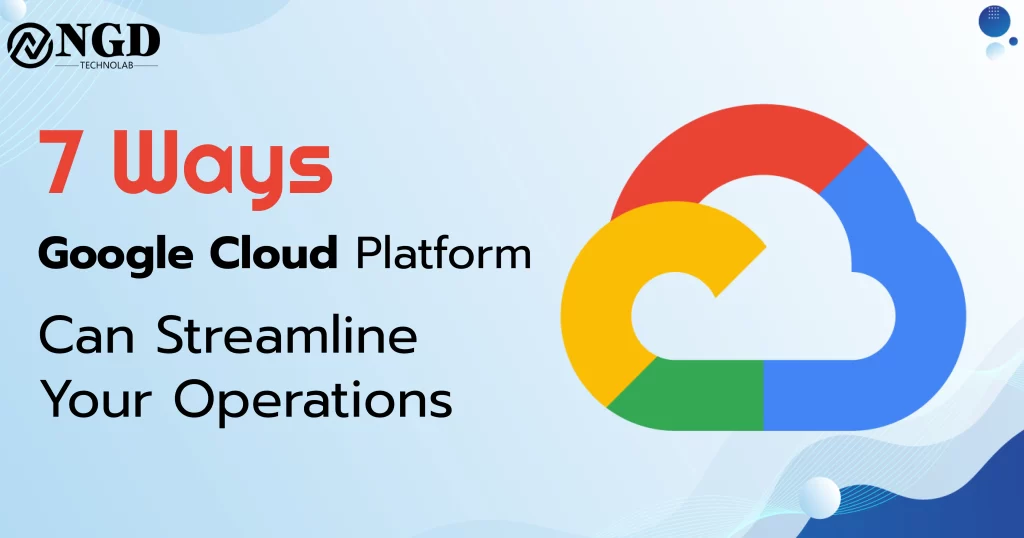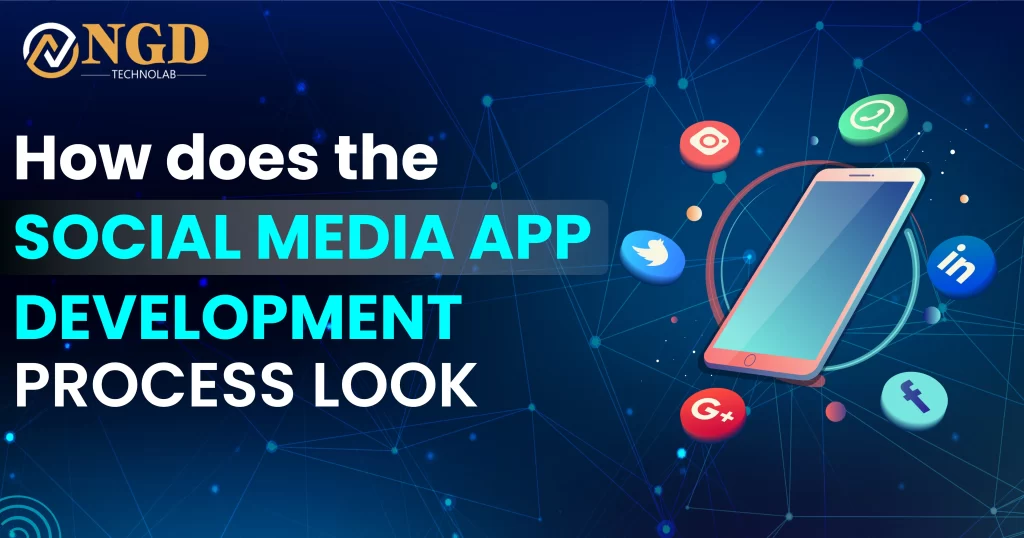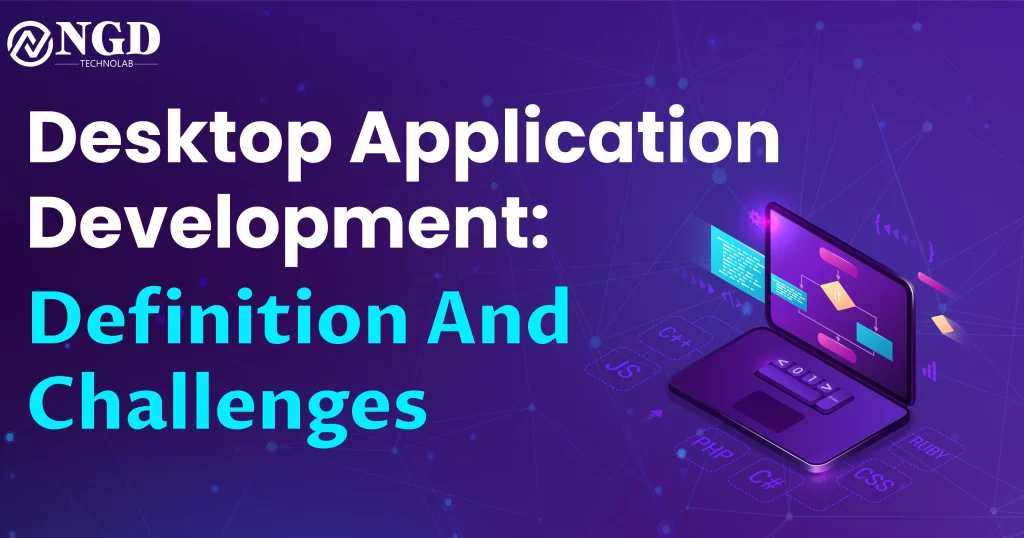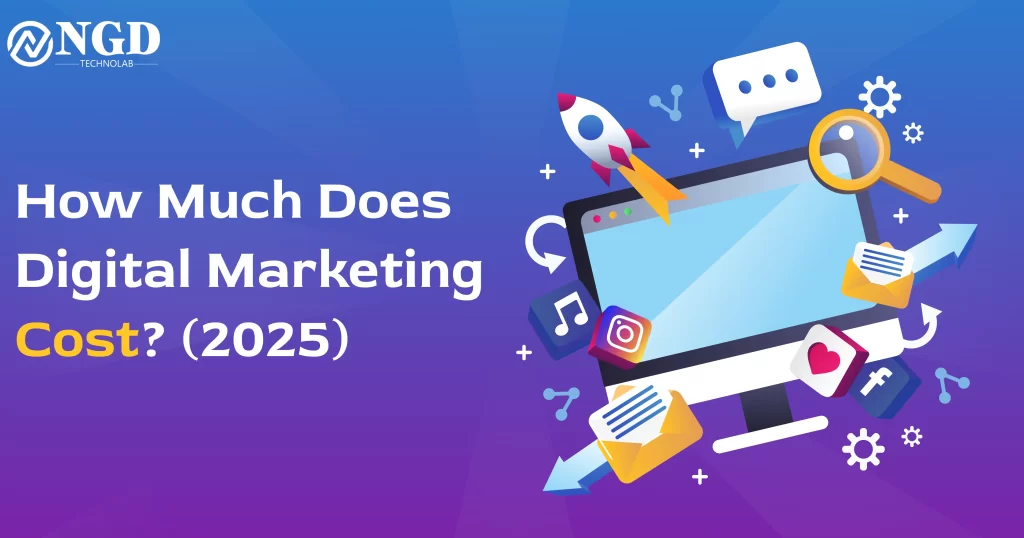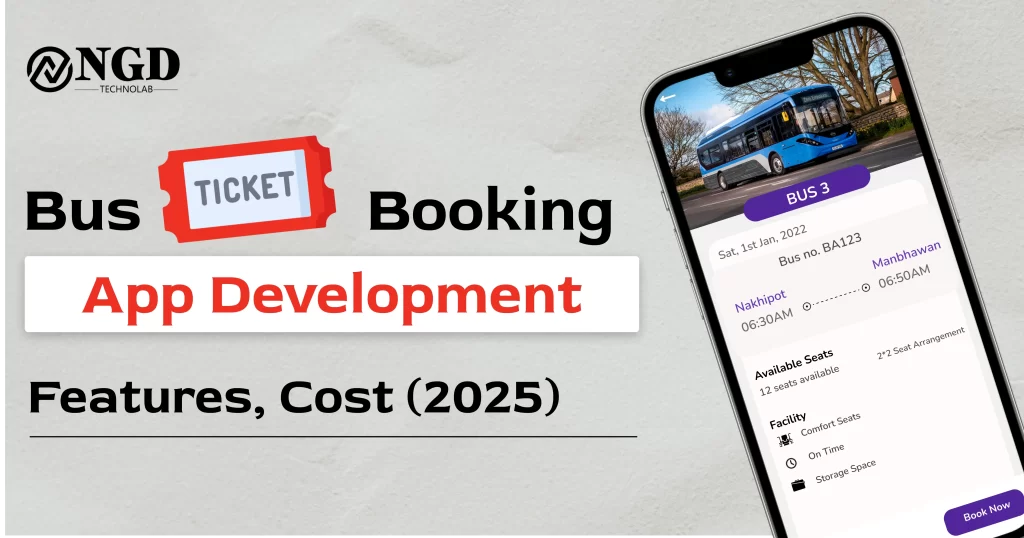7 Ways Google Cloud Platform Can Streamline Your Operations
7 Ways Google Cloud Platform Can Streamline Your Operations Harshid Patel Edit Template In today’s fast-moving digital environment, businesses are actively searching for smarter and more scalable solutions to improve their day-to-day operations. One powerful option gaining popularity is Google Cloud Platform (GCP), a complete suite of cloud computing services that helps organizations operate faster, smarter, and more efficiently. From flexible cloud infrastructure to advanced analytics tools, GCP delivers everything needed to support growth and simplify complex workflows. This detailed guide highlights seven impactful ways Google Cloud Platform (GCP) can transform your operations and boost overall performance. Table of content Add a header to begin generating the table of contents 1. Android Studio: Unveiling the Power of Android App Development 1. Scalable Infrastructure Google Cloud Platform (GCP) offers a highly scalable and reliable cloud infrastructure that adjusts smoothly to your business needs. Whether it’s a growing startup or a large-scale enterprise, Google Cloud Computing ensures your applications and services scale without disruptions. GCP’s flexible architecture supports effortless scalability. Horizontal and vertical scaling maintain stable performance at all stages. Google Cloud Google Cloud Console makes infrastructure monitoring and management easy. By shifting from traditional systems to Google Cloud GCP, businesses can access on-demand resources, reduce downtime, and maintain high operational efficiency. 2. Advanced Data Analytics Google Cloud Platform enables businesses to transform raw data into actionable insights using its advanced analytics ecosystem. BigQuery supports lightning-fast, real-time data processing for smart decision-making. Google Cloud Machine Learning improves predictive insights and anomaly detection. Google Cloud Console provides simplified access to all analytics features. Using Google Cloud GCP Analytics, businesses can fine-tune operations, predict future trends, and make stronger data-driven decisions. 3. Cost Optimization through GCP Controlling cloud expenses is a major priority, and Google Cloud Platform helps businesses reduce costs without compromising performance. Pay-as-you-go pricing ensures payment only for used resources. Sustained use discounts lower long-term cloud expenses. Google Cloud Console’s Cost Management Tools give full visibility and control. With GCP Google Cloud Platform, organizations can balance performance and cost efficiency while maintaining high productivity across operations. 4. Enhanced Security Measures In today’s digital-first world, security plays a vital role, and Google Cloud Platform ensures business data stays fully protected. IAM (Identity and Access Management) controls and secures user access. Encryption at rest and in transit ensures complete data protection. Global compliance certifications support regulatory needs across industries. By using Google Cloud Security, businesses can avoid cyber threats and focus confidently on their core growth activities. Also to read:- Figma for developers: Tips and Tricks for Developers 5. Machine Learning Capabilities Google Cloud’s AI and ML services help organizations innovate faster and streamline complex processes across multiple sectors. Pre-trained ML models simplify AI adoption for beginners. Predictive analytics and automation enhance operational accuracy. TensorFlow Integration supports developing advanced custom ML models. customer support automation to real-time analytics, Google Cloud GCP Machine Learning strengthens business performance and improves workflow efficiency. 6. Collaborative Workspace with G Suite Effective collaboration is essential for productivity, and Google Cloud Platform works seamlessly with G Suite to support stronger teamwork. Google Drive, Docs, and Sheets enable smooth real-time collaboration. Google Meet supports virtual meetings and remote teamwork. Central cloud storage keeps data accessible and organized anytime. Combining Google Cloud Computing with G Suite helps teams work faster, stay connected, and manage tasks more efficiently. Internet of Things (IoT) Integration For businesses using IoT devices, Google Cloud Platform offers strong IoT integration through IoT Core for secure and reliable connectivity. Real-time device control through Google Cloud IoT Core. Advanced data processing and analytics for connected devices. Scalable IoT architecture for automation and performance improvement. With Google Cloud IoT, businesses can streamline operations, improve monitoring, and accelerate innovation. Conclusion Google Cloud Platform (GCP) is a powerful cloud solution that supports businesses in improving operations, optimizing costs, and strengthening security. By using Google Cloud Computing, organizations can: Scale operations with cloud infrastructure. Enhance decision-making through data analytics. Improve security with GCP’s built-in protections. Enable automation through machine learning. Foster collaboration with Google G Suite. Innovate with IoT integration. Adopting Google Cloud GCP supports long-term efficiency, innovation, and sustainable business growth. Frequently Asked Questions 1. What is Google Cloud Platform? Google Cloud Platform (GCP) is a complete cloud computing service offering infrastructure, analytics, machine learning, storage, and collaboration tools for developers and businesses. 2. How does GCP enhance scalability? Google Cloud Platform’s scalable architecture allows businesses to expand resources instantly, supporting growth without affecting performance. 3. Can GCP help in cost optimization? Yes, GCP Google Cloud Platform offers pay-as-you-go pricing, long-term use discounts, and cost analysis tools that help businesses manage and reduce cloud spending. 4. What security measures does GCP provide? Google Cloud Security includes IAM, encryption, threat protection, and global compliance certifications to secure sensitive business data. 5. How does GCP support IoT integration? Google Cloud IoT Core allows businesses to connect, manage, and analyze IoT devices, improving efficiency and decision-making. By leveraging Google Cloud GCP, businesses can streamline operations, enhance security, and drive innovation in a cost-effective and scalable cloud computing ecosystem. Get Free consultation and let us know about your custom web and Mobile App project idea Over 13+ years of work experience, we have built 210+ web and mobile apps We can help you with Dedicated Developer delivering high-quality development Custom Mobile App Development Innovative Solution For Startups and Enterprise Contact Us Edit Template Latest Blogs Explore the Latest Blogs on Trends and Technology. Top Web Development Technologies You Should Use in 2026 Read More Low-Code App Development: The Fastest Way to Build Business Apps in 2026 Read More Best Digital Marketing Strategies to Increase Website Traffic in 2026 Read More Edit Template
7 Ways Google Cloud Platform Can Streamline Your Operations Read More »

